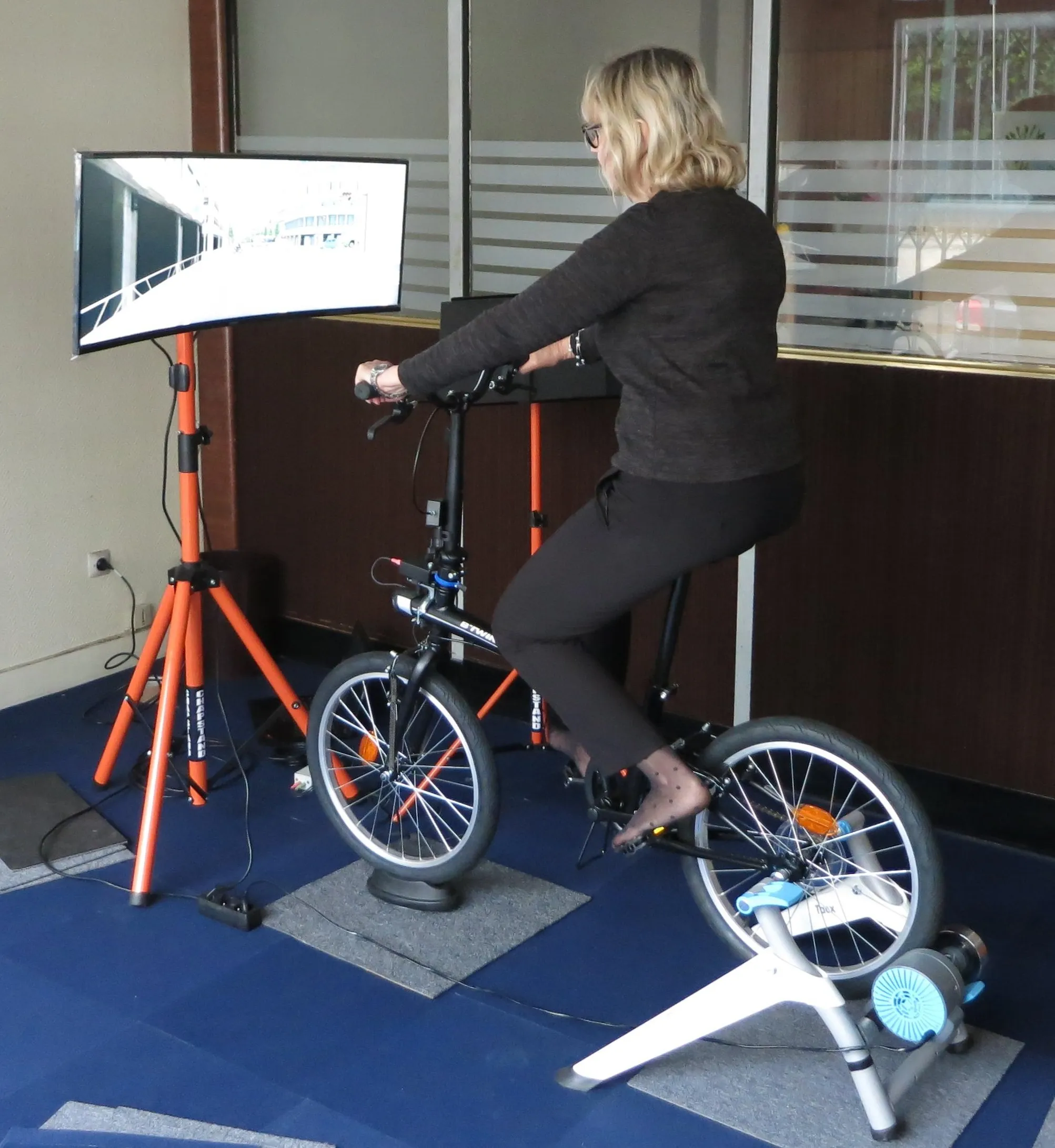Leister City Council (LCC) has installed UK-based
According to Robert Bateman at LCC, data collected will be used in reports presented to the
These counters are located on Beaumont Leys Lane, Bennion Road, Belgrave Circle, Wharf Street South, New Parks Way, Glenfield Road, New Walk and Braunstone Park in the City as part of the DfT’s Access Fund for Sustainable Transport initiative.
Richard Toomey, TT, managing director, said: “The Eco Multi provides accurate data in all weather conditions, enabling planners to prepare reports on individual routes, whether they are used by pedestrians, cyclists or horse-riders, or a combination of all three.”
Leicester City Council trials pedestrian and cyclist counters
Leister City Council (LCC) has installed UK-based Traffic Technology’s (TT) pedestrian and cycle counters at eight locations around the City. The counters are housed within aesthetic urban posts and will monitor and record the numbers of people walking and cycling as they pass each count site.
December 4, 2017
Read time: 1 min










